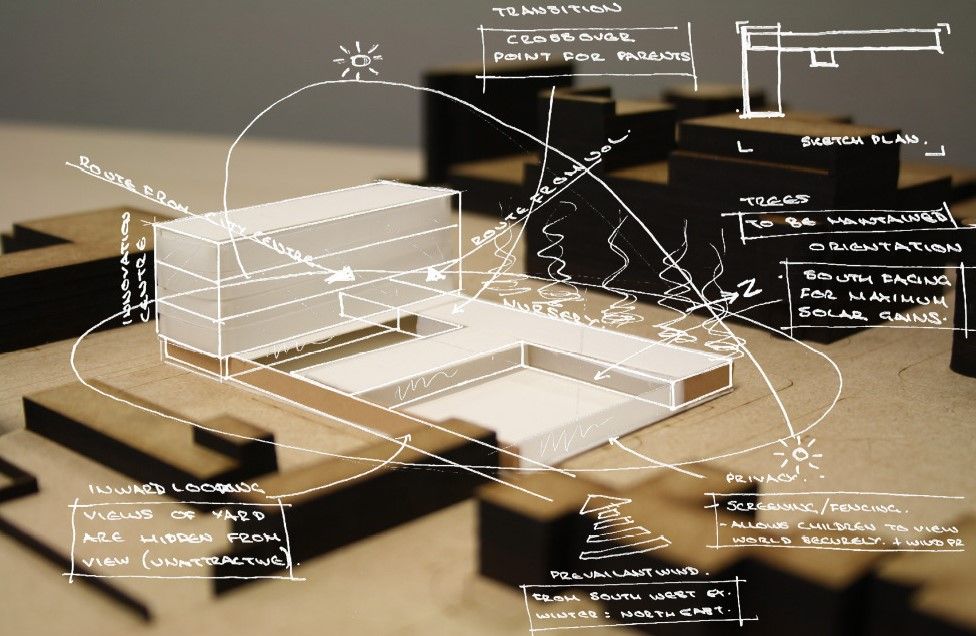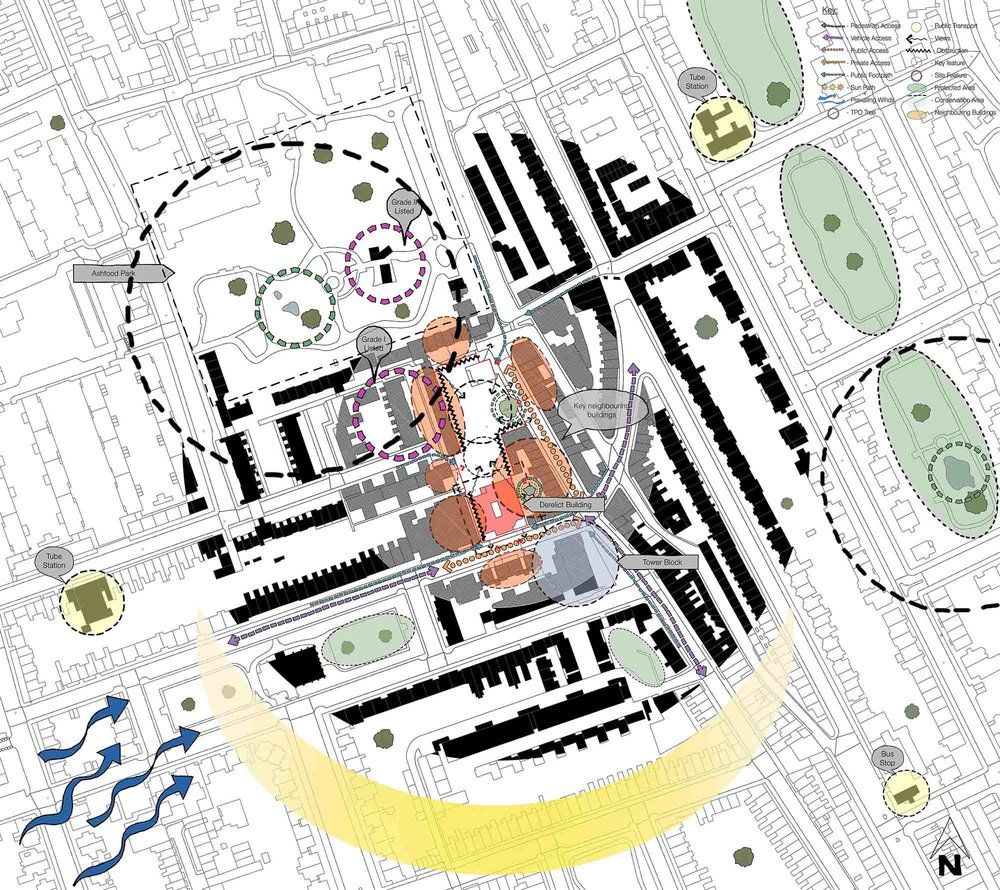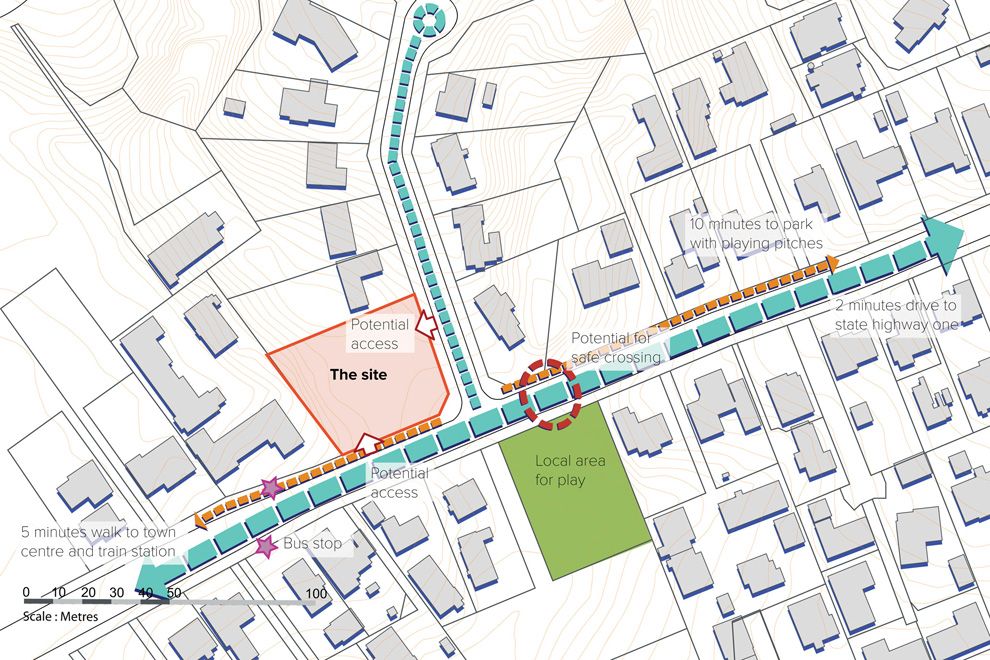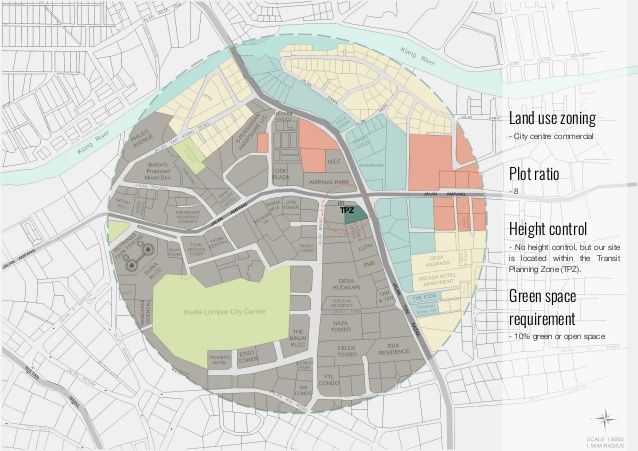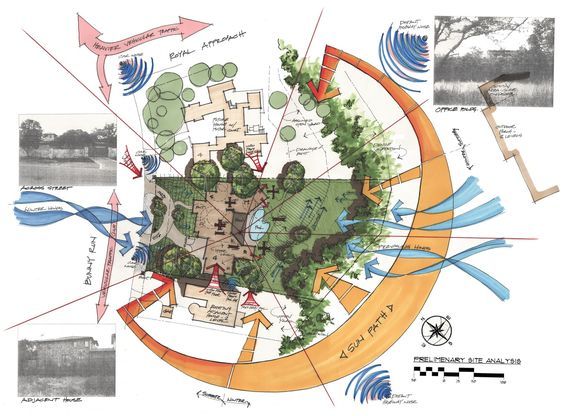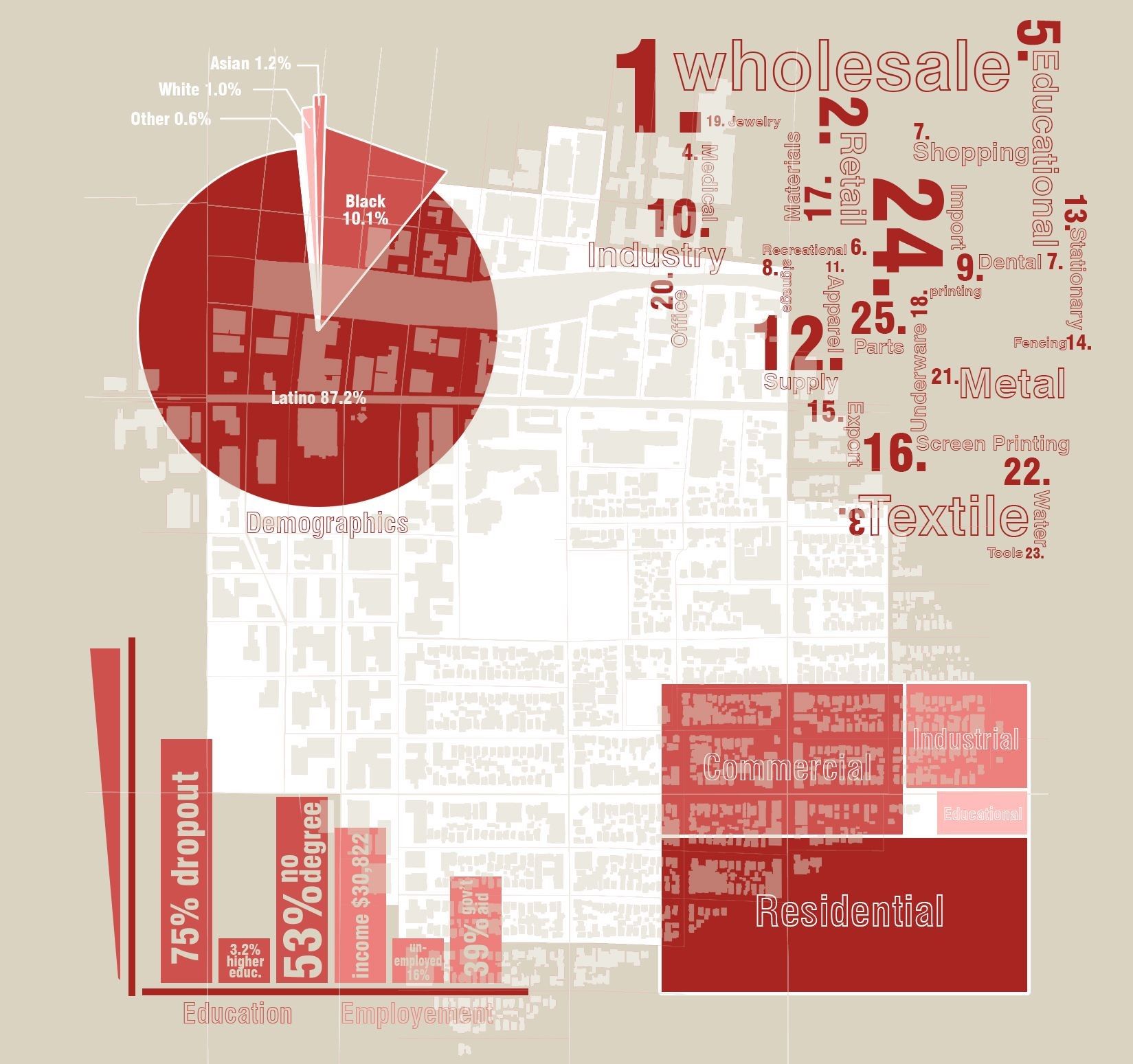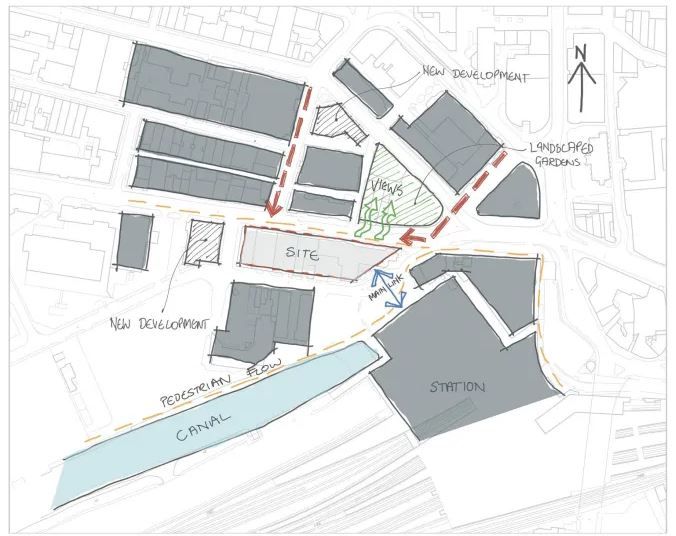What is good architecture if not an immediate response to climate? One of the first and most important things to know about your site is its climatic conditions. To make things simple, divide the study into 2 parts:
Macro-climate - The climate of the larger chunk of land, like the region or country the site is located in and remains constant (more or less) irrespective of the architectural developments taking place. Here, the sun path, seasonal temperatures, humidity, annual precipitation and prevailing wind direction are common data acquisition sections and are the deciding factors for (but not limited to) the building’s location on site, its orientation, form and massing.
Micro-climate - The local climate conditions that might affect design decisions like the presence of water-bodies nearby, existing vegetation, topography, etcetera. It is especially crucial when dealing with projects abutting lakes, rivers or the sea, where the effect of water-body may dictate your design development. Or a site in a hilly region where contour study/slope analysis is a must!
